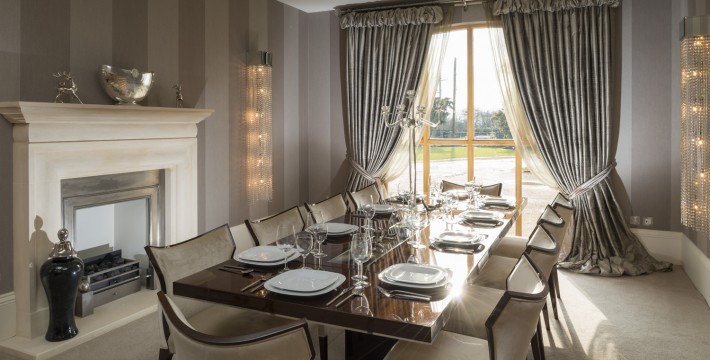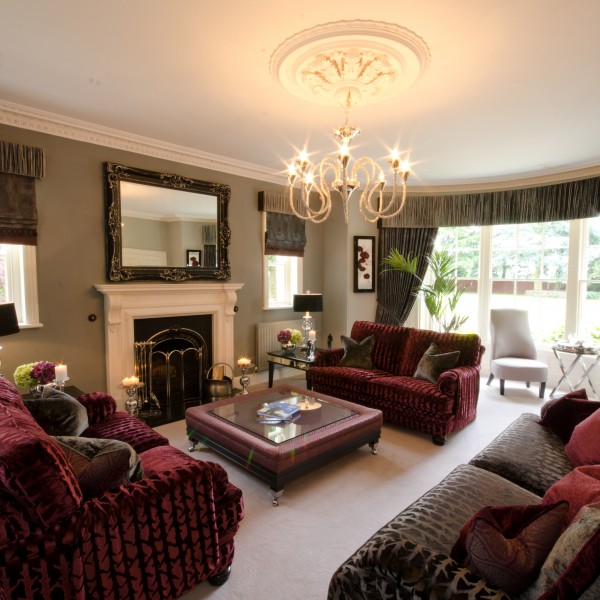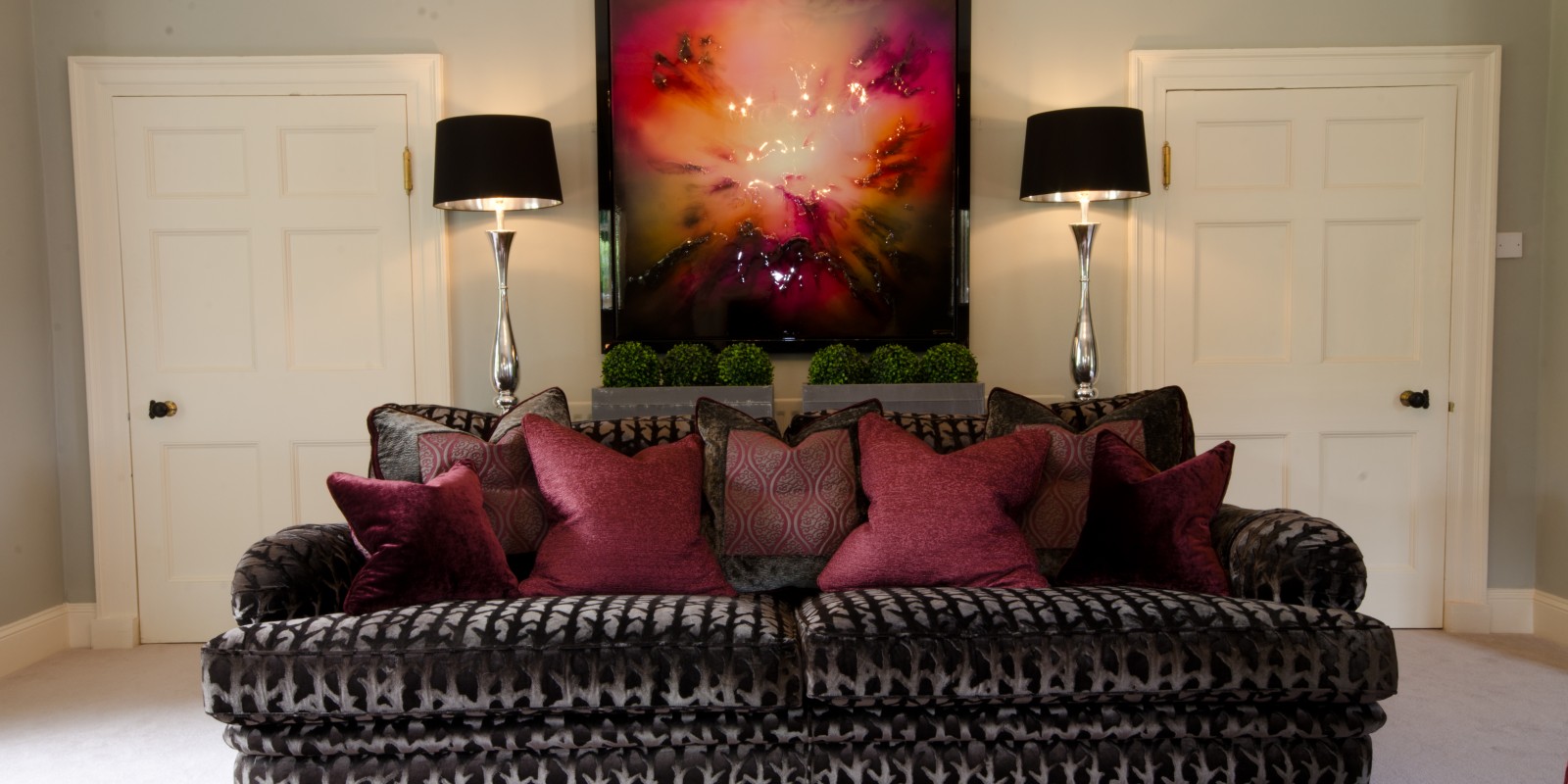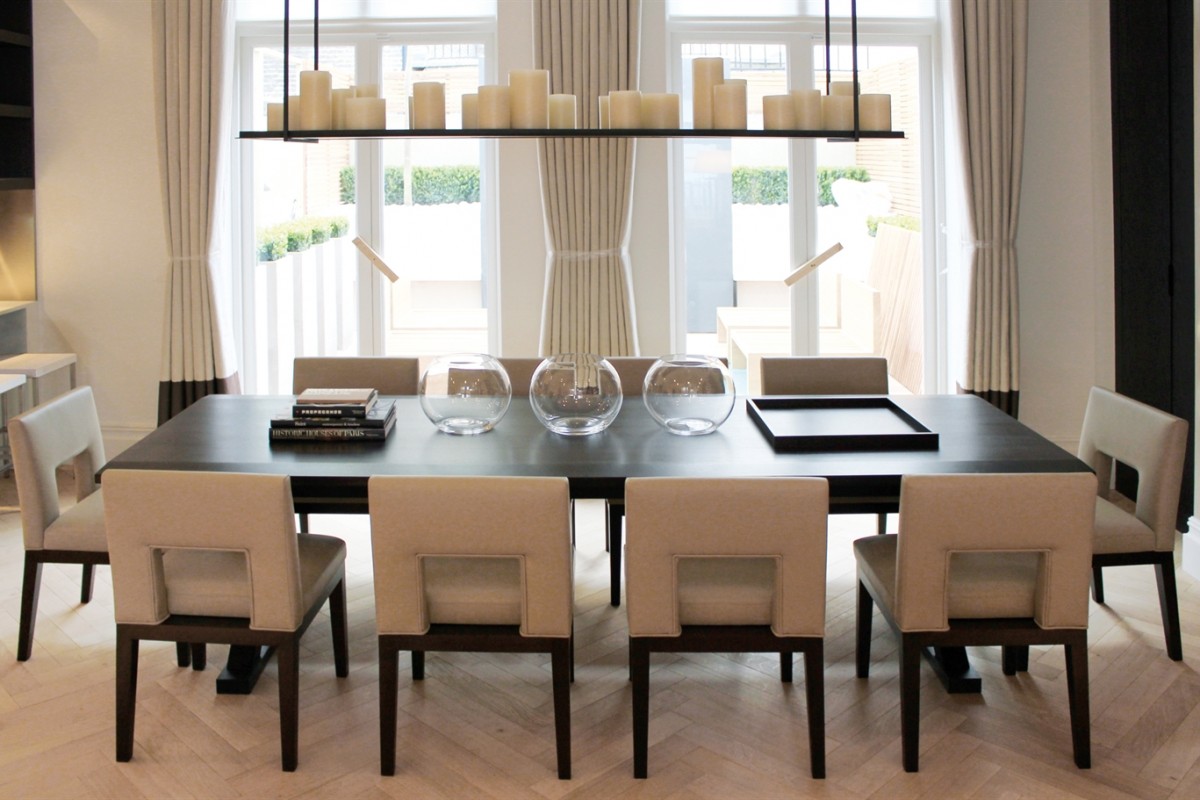
04 | 08 | 16
Modern or Traditional: Which style are you?
Which interior design style best suites you?
The effective use of our interior spaces can have a positive impact on our health, productivity, happiness, and general well-being. Understanding your personal taste in style is an integral part of achieving the ultimate goal of interior design: to reflect personality while creating a welcoming and functional environment.
English author Mary Haweis noted that the middle class in the 1880’s was subscribing to strict guidelines set forth by retail establishments instead of designing their personal spaces to reflect their own unique tastes.
“One of my strongest convictions, and one of the first canons of good taste, is that our houses, like the fish’s shell and the bird’s nest, ought to represent our individual taste and habits.”

Modern Classic design in the home
Perfect for edgy spaces like lofts, converted barns, and large homes with minimalist leanings, modern design is well-suited to a cosmopolitan environment. Large and low-profile furniture with simple lines, geometric designs, and vintage pieces that serve as creative focal points are at home in a modern interior space.
People who find clean lines, clutter-free aesthetics, and monochromatic palettes comfortable and calming prefer a modern design style. Natural materials, a floor plan that flows easily from one space to the next, and small touches like flat panel self-closing cabinets and stainless steel surfaces are common additions to a modern design makeover.

Tradition design in the home
With an affection for the warmth and detail of carved wood furnishings combined with floral and nature-inspired graphic touches, traditional design is comforting and inviting. Still-life oil paintings, carefully chosen accents in pairs, and fresh flowers brought in for their scent and beauty are all welcome in the traditionally designed home.
Lush fabrics, formal window treatments, and contrasting prints come together to create a timeless interior space that echoes the style of 19th century neoclassical and British Colonial revival styles.

Neither traditional or modern design requires strict adherence to a philosophy. Simply understanding which way your personal taste leans will help to create a starting point for your designer during a remodeling project, and will lead to a finished interior space that truly reflects your taste and style.

